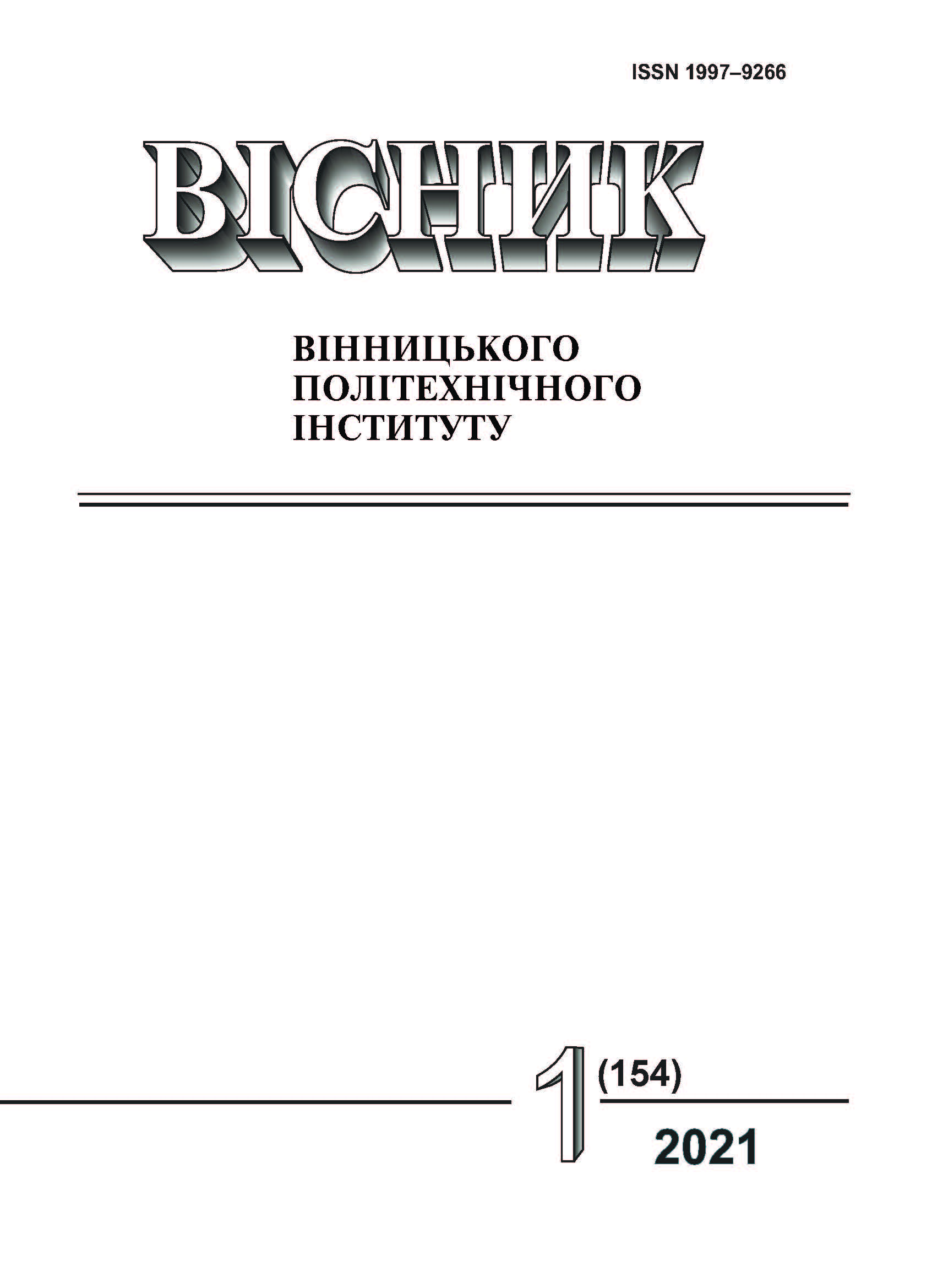Vector Control of Induction Generator with Increased Efficiency
DOI:
https://doi.org/10.31649/1997-9266-2021-154-1-49-56Keywords:
induction generator, vector control system, efficiencyAbstract
Compared to today’s dominant in autonomous wind power, a synchronous generator with permanent magnets, an induction generator (IG) with a short-circuited rotor has such significant advantages as higher reliability and lower cost. But the energy performance in IG is lower, so their improvement is an actual task. To solve this problem, along with search algorithms, systems of no-search optimization of power losses in IG are intensively developed. In these systems, the optimal magnetic flux is determined by the analytical expression obtained from the loss model. The disadvantages of the known works on this topic are that they use various simplified models of losses. Accordingly, this reduces the accuracy of optimization algorithms.
The aim of the work is to build the vector control system of IG, in which, due to the optimization of the sum of major power losses, a significant increment in the efficiency of the generator is achieved. The article uses a model of power losses, which includes all the main losses in the IG of electromagnetic nature. These include ohmic losses in the stator and rotor resistances, magnetic losses in the iron and additional losses. By analytical study of the model of losses to the extremum, an expression for determining the optimal flux linking of the rotor by the criterion of minimum total losses in the generator is obtained. The application of this expression allows to increase the accuracy of loss optimization in comparison with known analogues. The procedure for determining the optimal flux uses the signals of the instantaneous component of the stator current and rotor speed and is simple for computer implementation in real time. Numerical studies of steady-state processes in the mode of operation of the generator with a constant output power P2=const for its values from 15 % to 45 % have been conducted. It is established that the efficiency increment obtained due to control with loss optimization has an extreme character with a maximum in the vicinity of the nominal speed. As P2 increases, the loss optimization zone and efficiency increment decrease. The maximum and average efficiency increment obtained in the study reach 19 % and 11 %, respectively. This shows the prospects of the proposed system of energy-efficient vector control of IG.
References
A. Mesemanolis, C. Mademlis, and I. Kioskeridis, “High-efficiency control for a wind energy conversion system with induction generator,” IEEE Transactions on Energy Conversion, vol. 2, no. 4, pp. 958-967, 2012.
R. Leidhold, G. Garcia, and M. I. Valla, “Field-oriented controlled induction generator with loss minimization,” IEEE Transaction on Industrial Electronics, vol. 49, no. 1, pp.147-156, 2002.
M. C. Di Piazza, M. Luna, and M. Pucci, “Electrical loss minimization technique for wind generators based on a comprehensive dynamic modeling of induction machines,” IEEE Transactions on Industry Applications, vol. 53, no. 4, pp. 3696-3706, 2017.
A. Mesemanolis, C. Mademlis, and I. Kioskeridis, “Optimal Efficiency Control Strategy in Wind Energy Conversion System With Induction Generator,” IEEE Journal of Emerging and Selected Topics in Power Electronics, vol. 1, no. 4, pp. 238-246, 2013.
D. W. Novotny, and T. A. Lipo, Vector control and dynamics of AC drives, Oxford: Clarendon press, 2005.
Б. І. Приймак, «Моделі втрат потужності у керованій асинхронній машині для задач енергозбереження,» Технічна електродинаміка, № 1, c. 29-38, 2005.
Downloads
-
PDF (Українська)
Downloads: 246
Published
How to Cite
Issue
Section
License

This work is licensed under a Creative Commons Attribution 4.0 International License.
Authors who publish with this journal agree to the following terms:
- Authors retain copyright and grant the journal right of first publication.
- Authors are able to enter into separate, additional contractual arrangements for the non-exclusive distribution of the journal's published version of the work (e.g., post it to an institutional repository or publish it in a book), with an acknowledgment of its initial publication in this journal.
- Authors are permitted and encouraged to post their work online (e.g., in institutional repositories or on their website) prior to and during the submission process, as it can lead to productive exchanges, as well as earlier and greater citation of published work (See The Effect of Open Access).





